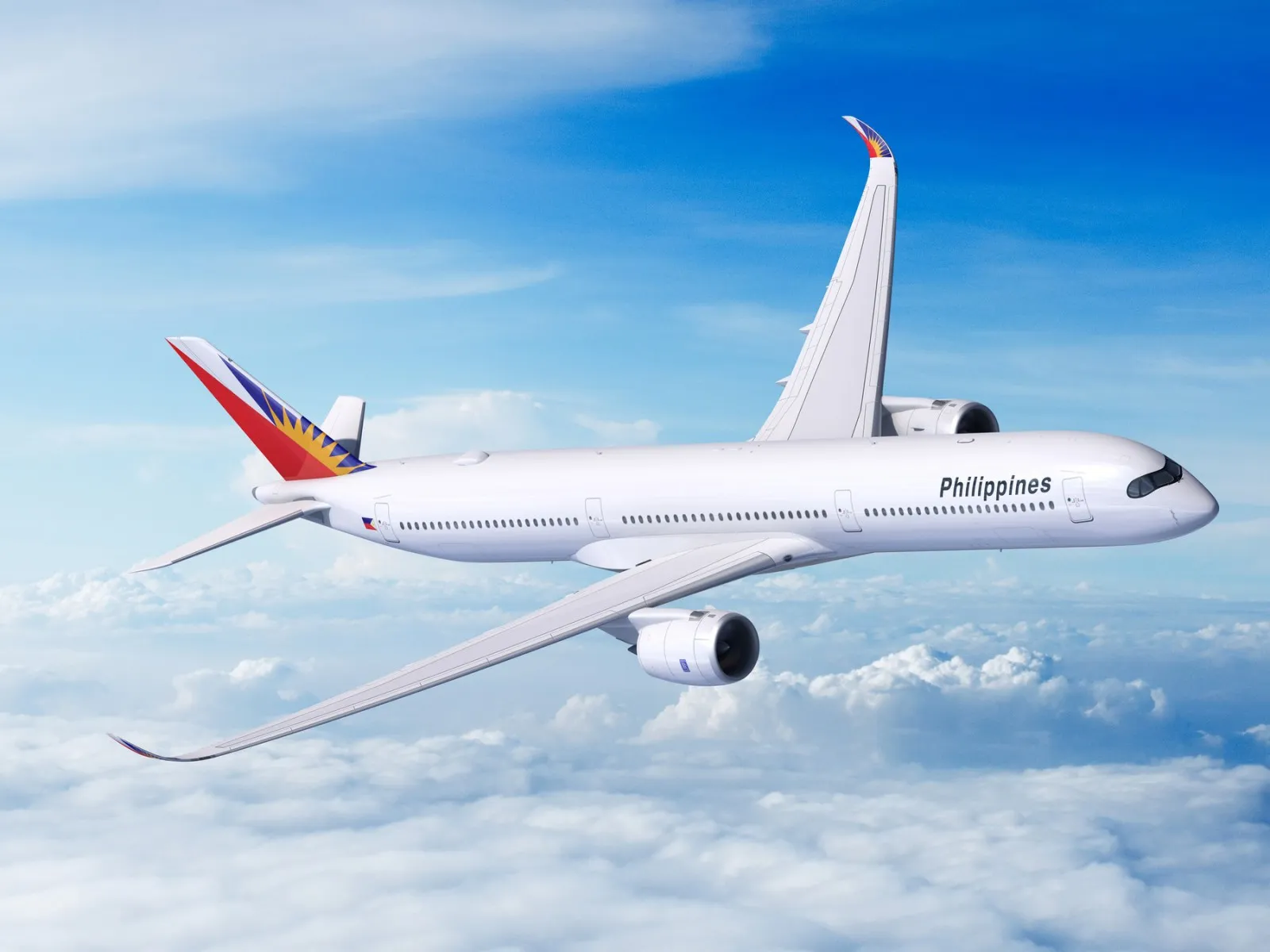
Philippine Airlines Opts for Airbus A350-1000
May 10, 2023

Philippine Airlines has chosen the Airbus A350-1000 as part of its fleet expansion strategy to enhance long-haul travel. This state-of-the-art aircraft offers greater fuel efficiency, increased passenger capacity, and improved comfort, making it ideal for international routes. With advanced technology and a modern design, the A350-1000 aligns with the airline's commitment to sustainability and customer satisfaction. The decision reflects Philippine Airlines' aim to elevate the travel experience and remain competitive in the global aviation market, while also addressing environmental concerns through reduced carbon emissions. This move marks a significant step in the airline's modernization efforts.
Philippine Airlines (PAL) has recently made headlines with its decision to add the Airbus A350-1000 to its fleet. This move is expected to enhance the airline's long-haul service capabilities, improve passenger comfort, and boost operational efficiency. The A350-1000, known for its advanced technology and fuel efficiency, is set to play a crucial role in PAL's strategy to expand its international routes and enhance its competitive edge.
Why Choose the Airbus A350-1000?
The Airbus A350-1000 is a state-of-the-art aircraft that offers numerous advantages for Philippine Airlines. Here are some key reasons for this strategic choice:
- Fuel Efficiency: The A350-1000 features advanced aerodynamics and lightweight materials, which significantly reduce fuel consumption. This efficiency translates into cost savings for the airline and a smaller carbon footprint.
- Passenger Comfort: With a spacious cabin, wider seats, and improved air quality, the A350-1000 prioritizes passenger comfort. The aircraft is designed to reduce noise levels and increase cabin pressure, ensuring a more pleasant flying experience.
- Longer Range: The A350-1000 has a range of up to 8,000 nautical miles, allowing Philippine Airlines to expand its long-haul routes. This capability enables the airline to connect more destinations efficiently.
- Advanced Technology: Equipped with the latest avionics and flight systems, the A350-1000 enhances operational performance and safety. This technological edge can lead to reduced maintenance costs and increased reliability.
Operational Benefits of the A350-1000
Integrating the A350-1000 into its fleet will bring several operational benefits to Philippine Airlines:
| Benefit | Description |
|---|---|
| Cost Savings | The fuel efficiency of the A350-1000 results in lower operating costs, which can be reinvested into other areas of the airline. |
| Increased Capacity | With a larger passenger capacity compared to older models, the A350-1000 can accommodate more travelers per flight, enhancing revenue potential. |
| Enhanced Reliability | The technological advancements in the A350-1000 lead to fewer delays and cancellations, improving overall operational efficiency. |
Philippine Airlines' Expansion Strategy
The addition of the Airbus A350-1000 aligns with PAL's broader expansion strategy. The airline aims to strengthen its position in the competitive aviation market by:
- Expanding Route Network: The A350-1000 enables PAL to open new routes to long-haul destinations, particularly in North America and Europe, which are key markets for the airline.
- Enhancing Customer Experience: By offering a modern fleet with improved amenities, PAL is committed to providing a superior travel experience, attracting more passengers and increasing loyalty.
- Implementing Sustainable Practices: The A350-1000’s fuel efficiency and lower emissions align with global sustainability goals, showcasing PAL's commitment to environmentally responsible operations.
Impact on Philippine Airlines' Brand Image
Investing in the Airbus A350-1000 is not just about operational benefits; it also significantly impacts Philippine Airlines' brand image. As travelers become more environmentally conscious, PAL's commitment to sustainability through advanced aircraft will resonate positively with customers.
Moreover, the airline's dedication to enhancing passenger comfort and experience will help build a reputation for quality and reliability. This improved brand image is crucial in attracting both leisure and business travelers, ultimately leading to increased market share.
Conclusion
Philippine Airlines' decision to opt for the Airbus A350-1000 is a strategic move that promises to yield numerous benefits for the airline, its passengers, and the environment. With its fuel efficiency, advanced technology, and enhanced passenger experience, the A350-1000 positions PAL for success in the competitive aviation market. As the airline continues to expand its international routes and strengthen its brand, the introduction of the A350-1000 will undoubtedly play a pivotal role in its future growth.
In conclusion, Philippine Airlines is embracing innovation and sustainability by integrating the Airbus A350-1000 into its fleet. This decision not only aligns with the airline's operational goals but also enhances its commitment to providing exceptional service and a greener future in aviation.
Related Articles

Explore Thailand: The Best Islands to Visit for Paradise, Adventure, and Relaxation

The Ultimate Guide to the Best Islands in Thailand for Your Next Getaway

Do babies need passports? How to get a passport for a newborn

How to get a U.S. passport fast: here’s how to expedite the process

What is Mobile Passport Control: 5 reasons why you should use it

SENTRI vs. Global Entry: A detailed guide

Do you need a passport to go to the Bahamas? Let’s find out

Do you need a passport to go to Mexico? A detailed guide

Do you need a passport to go to Canada? We got the answer

Do You Need a Passport for a Cruise: An Essential Travel Guide

Booster Seat Requirements: All the Rules to Follow in Your Rental Car

What Are the World’s Most Powerful Passports, and How Does Yours Rank?

How to Take a Passport Photo at Home: A Helpful Guide

You've got to have heart! Southwest's new livery

Your opinion: Should water be free on low cost carriers?

Young women bolder than guys as solo travellers
